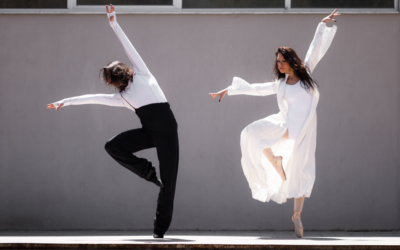Moving up a category in dance competition is a lot like moving up a grade in school. At the Novice level, dancers are often among their peers in both age and experience. As they progress into the Intermediate category, they enter a more technically advanced and competitive arena. Here, the choreography is more complex, the expectations are higher, and the judging is more critical. Your child is no longer the big fish in a small pond—they’re swimming with dancers who may have more years of experience and refined training.
It’s important to understand that winning at a new level doesn’t happen overnight. In fact, if a dancer were to move up and continue sweeping awards right away, it might suggest they were held back too long. True growth includes moments of challenge, recalibration, and learning how to compete without always taking home the top prize. Those in-between seasons—when trophies are fewer but growth is massive—are where character is built and artistry is refined.
For parents, this can be a frustrating shift, especially when you’re used to seeing your child on the podium. But a short-term dip in awards often signals long-term development. As dancers adjust to the Intermediate level, they begin to understand musicality more deeply, refine their technique, and take creative risks. These are the building blocks of a dancer who will eventually thrive—not just at competitions, but as a confident, capable artist.
Celebrate the courage it takes for your child to step into a tougher arena. Cheer for their effort, their improvement, and their willingness to keep showing up even when the wins don’t come easily. Because in the end, resilience, discipline, and passion are the real trophies—and they last a whole lot longer than any plaque or medal.


0 Comments